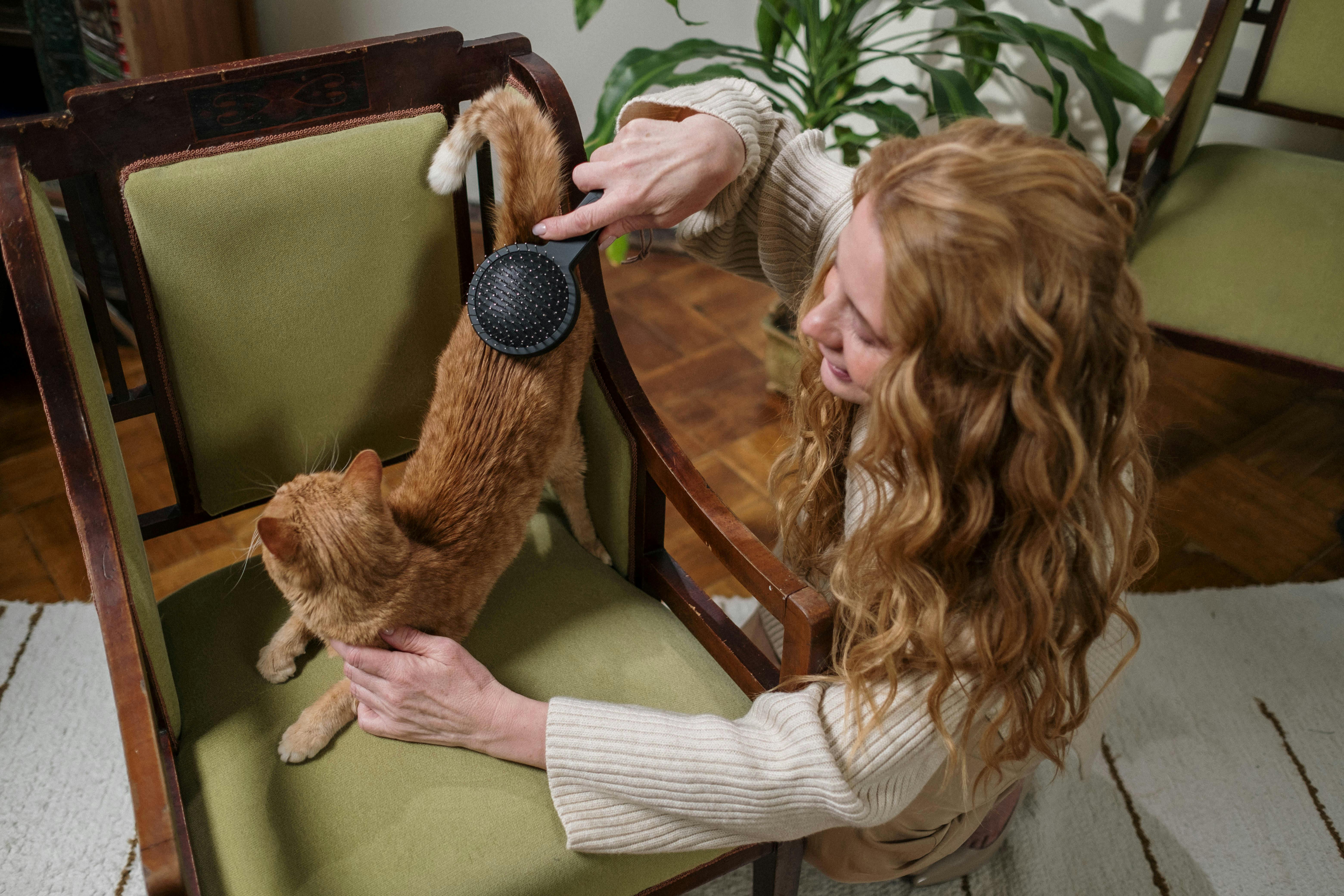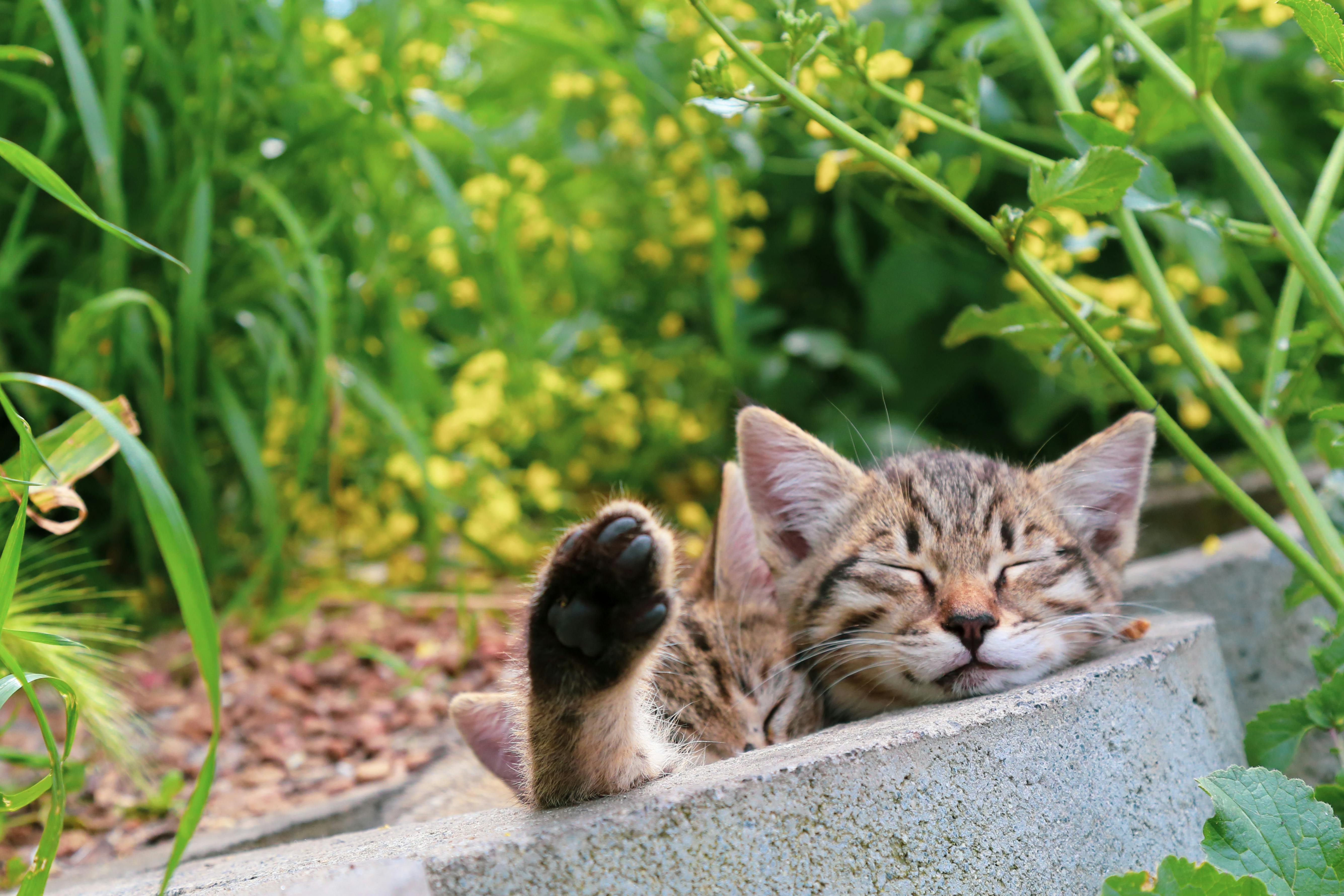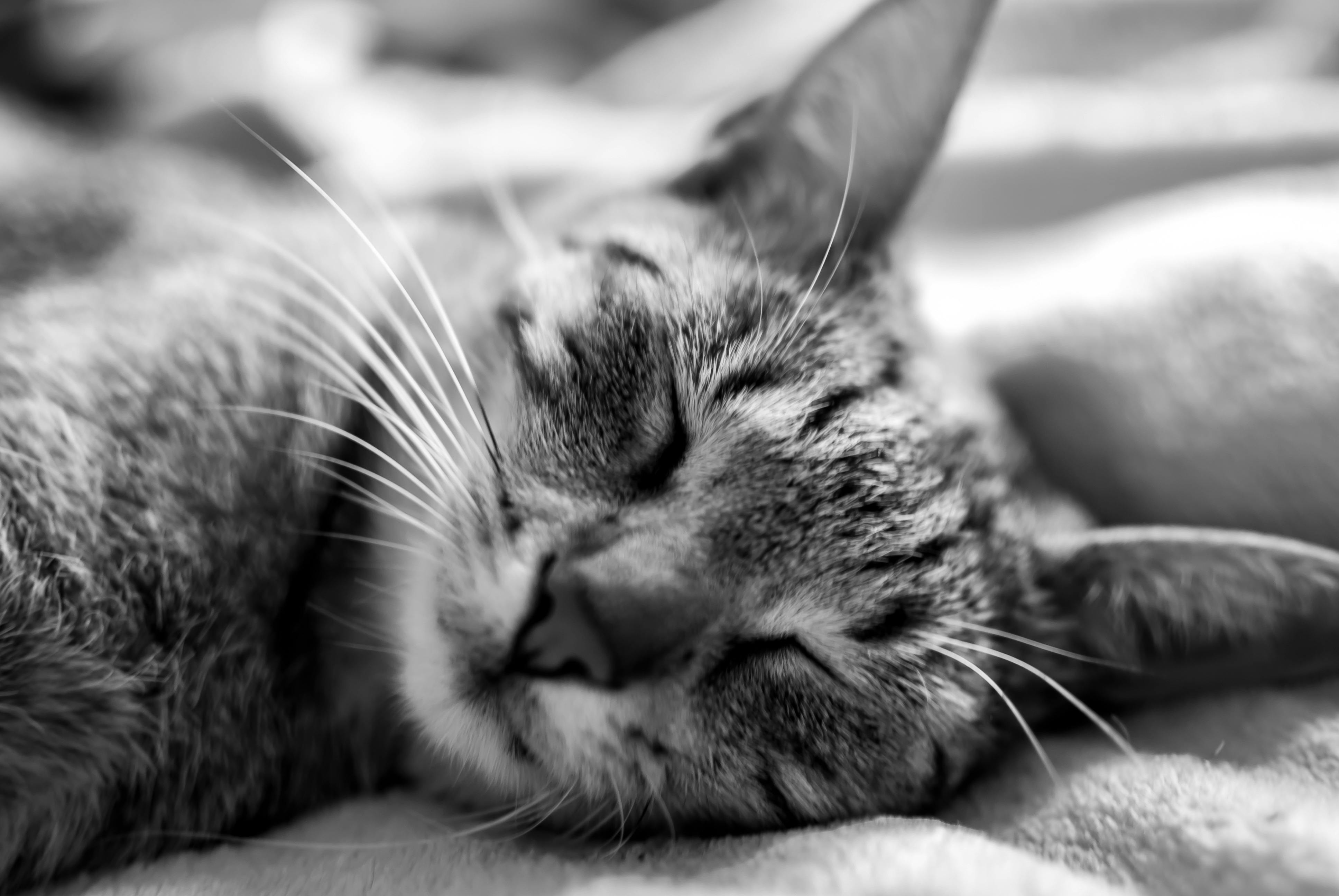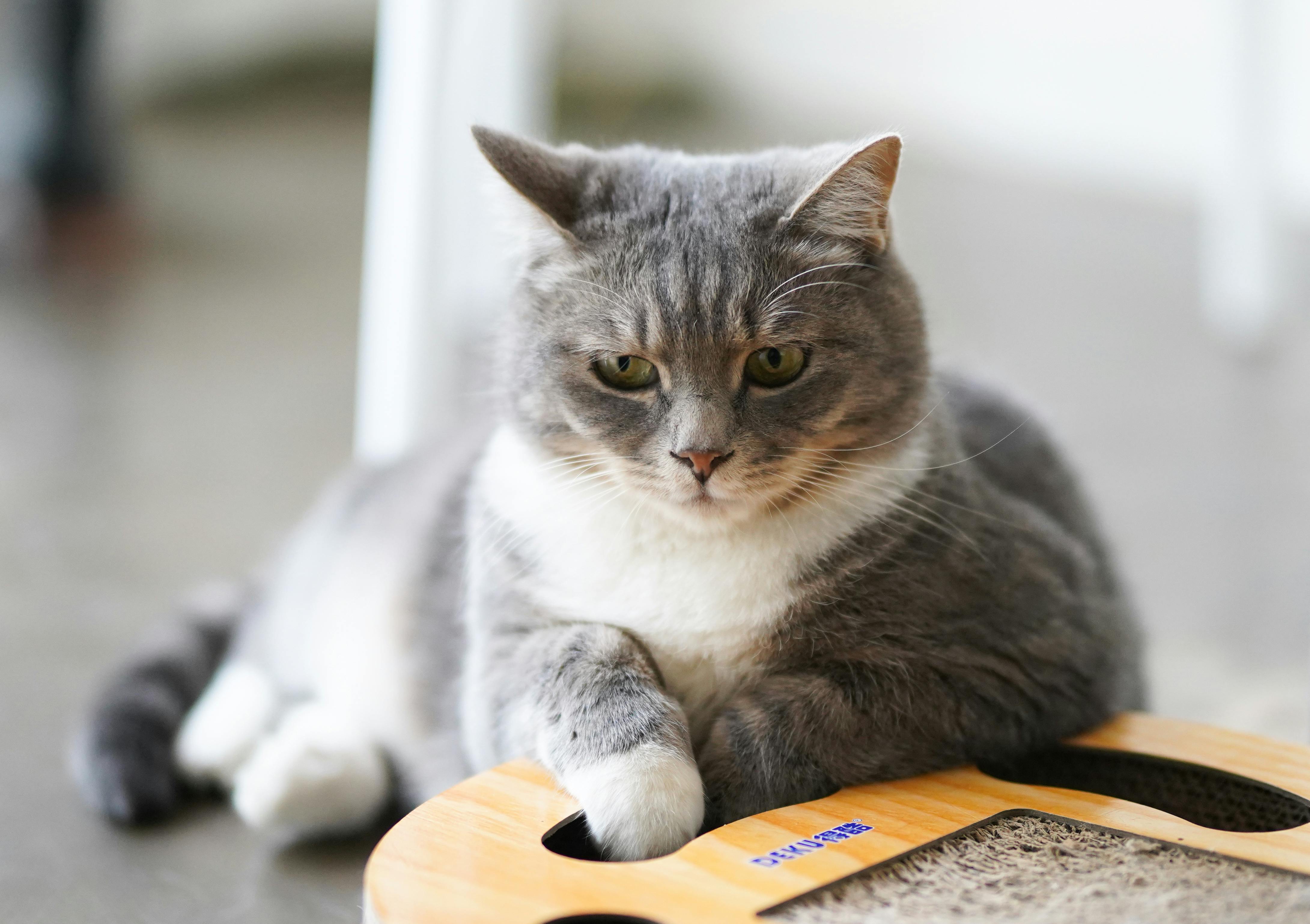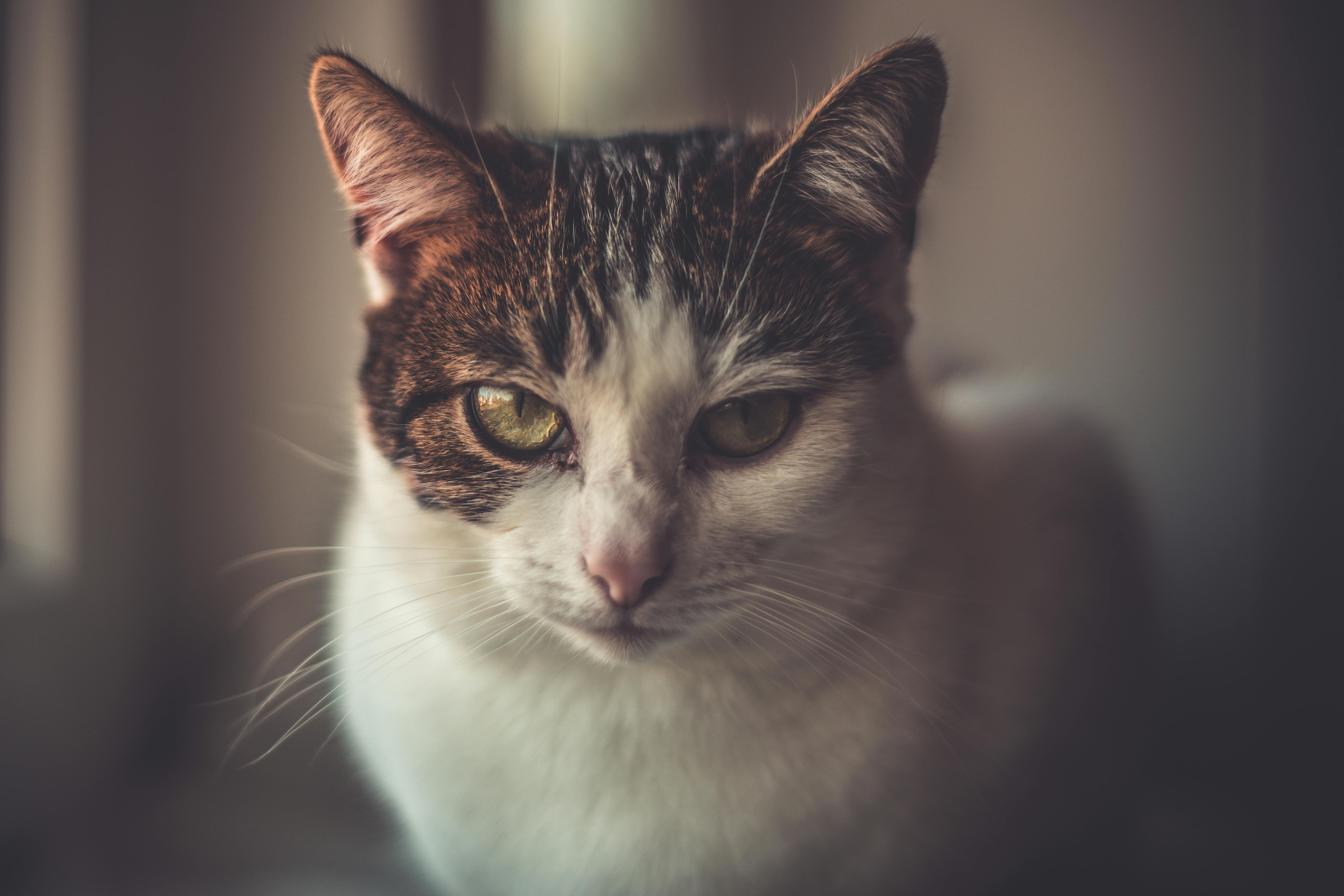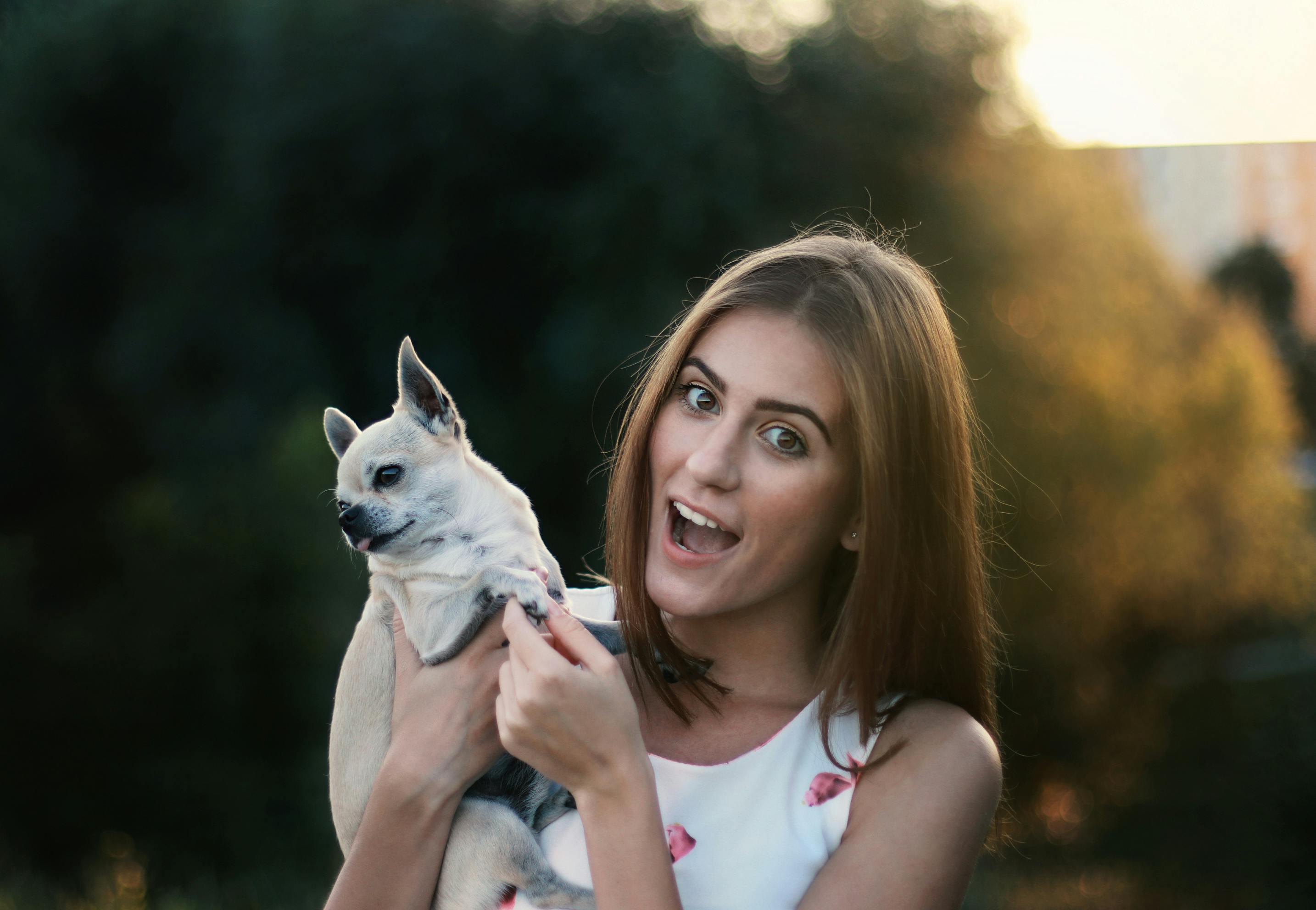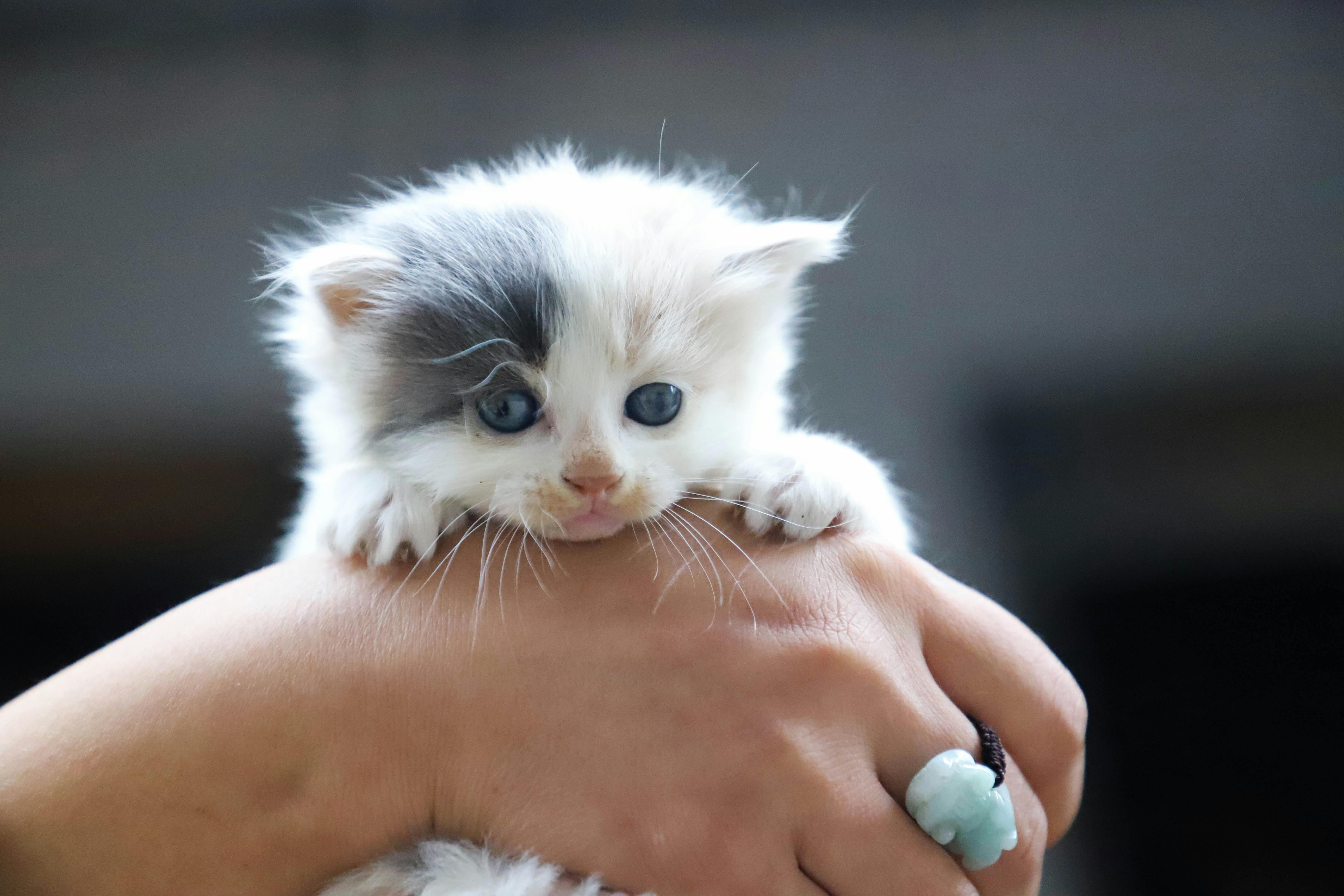Golden Retriever puppies – 5 things to consider when buying a puppy
Golden Retriever puppies are a very popular choice due to the versatility of the breed. Whether you’re looking for a companion dog, service dog, or hunting professional, there are breeders who can help you find the right pup. No one wants to spend time and money on a dog that ultimately won’t be the right pet, so how do you know when you’ve found the right dog?
Each breed of dog has both desirable and less desirable traits. Knowing the AKC guidelines will help you ask the right questions, while finding a professional trainer can ease the transition to puppyhood. What do you need to know when looking for the right dog?
What to look for when buying Golden Retriever puppies
Choosing Golden Retriever puppies can provide you with an intelligent, loving, lifelong companion. By carefully selecting a reputable breeder and choosing your puppy carefully, you can be sure that you have many good years to spend with your new dog.
Find the right breeder
When buying any puppy, it’s important to research its breeder. Ask what is in the contract, whether the puppies are guaranteed against health defects, and how many litters the mother has bred. You will also want puppies that have been socialized. It is best to buy directly from a breeder rather than through a pet store, as you will be able to see the parents and the home.
what gender
The question every new parent asks: is it a boy or a girl? It’s the same with a new Golden Retriever. Temperament may vary slightly between men and women, but it will ultimately come down to personal preference.
Males can be slightly larger than Golden females. If this is a factor, you’ll want to choose based on adult sizing.
If you plan to breed your Golden then you might want to choose a female. If so, you’ll need to make sure your contract allows you the breeding rights for your dog so he can register Golden Retriever puppies. The AKC is strict on breeding criteria, so you want to make sure you don’t run into a surprise once you’re ready to sell puppies.
Color
Golden Retriever puppies are often born slightly lighter in color. They range from creamy to golden. The best way to find out a puppy’s adult color is to check the ears. This is a good indicator of mature color.
Health
Your new puppy should be healthy when you bring him home. How do you check this?
Breeders will have certifications in hips, eyes and heart. These are important health clearances, but you’ll also want to see parents about allergy issues. This breed is susceptible to hot spots and skin problems. Ask yourself two generations before considering a puppy.
Other health problems are fleas, blue eyes, and discharge from the eyes or nose. You should also make sure that there are no crusts on the fur and that your pup is plump, but not fat. Too round can indicate worms.
personality
When visiting a litter of Golden Retriever puppies, choose one that will allow you to hold them without signs of aggression or distance. Gold litters should get excited at the sight of people and may even run to greet you. The energy of each pup will also vary.
Goldens are hunters by breed, so if you want a pup to be your hunting companion, try one before you buy. He wears a duck tail and tries to get the pups to respond. The one who gets the most excited may even want to give you your toy back. This is the one you want if you are choosing a hunting dog.
Golden Retriever puppies are an amazing, beautiful and intelligent dog. Choosing the right puppy will help you enjoy your dog for years to come.
